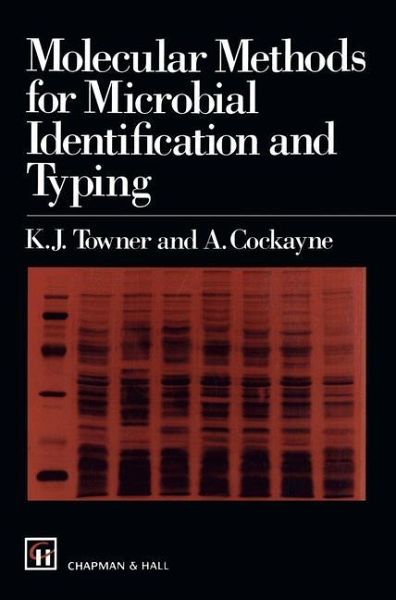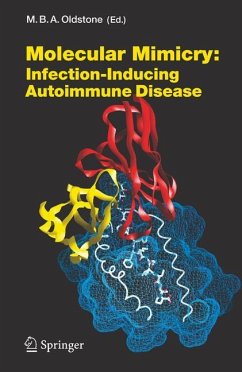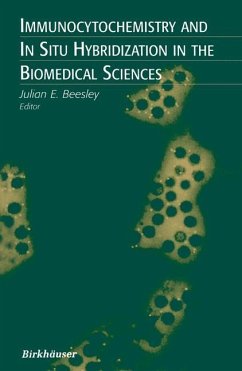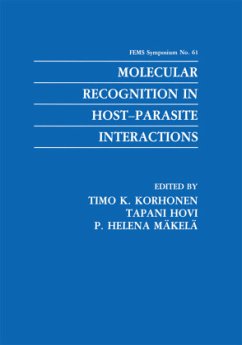
Molecular Methods for Microbial Identification and Typing

PAYBACK Punkte
39 °P sammeln!
The accurate identification and typing of microbes is essential for workers active in all fields of microbiology. Many examples of modern molecular methods have been concealed in scientific and medical literature but this introductory text considers the possible applications of such methods and compares their advantages and disadvantages.












